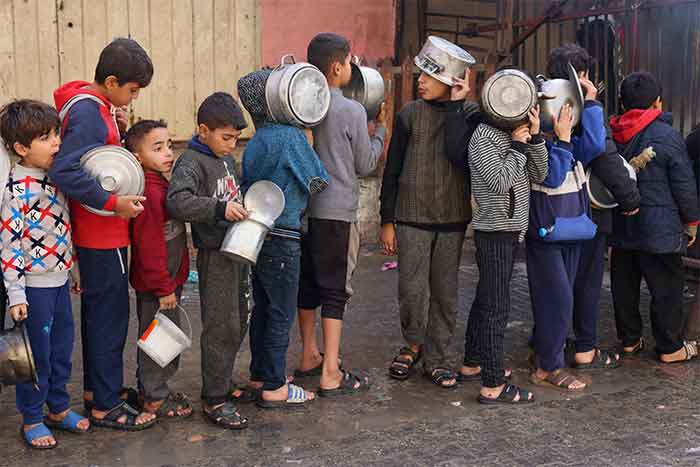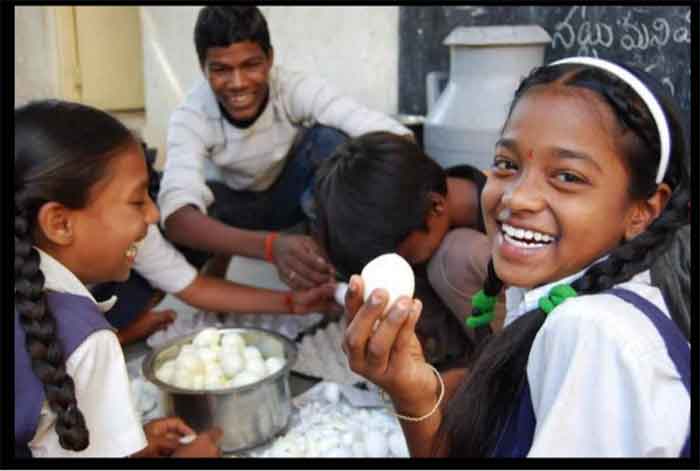
Have we won the fight against COVID?
Wait, let us rephrase that.
Do you think we have won the fight against COVID?
One may assume that we have left the worst behind. After all, amid the Unlock v5, as with its predecessor, the country is finally opening up. One sees the streets bustling, traffic jams jostling and shops abuzz; while the TV channel ticker shows new COVID cases in a steady decline.
With the exception of metros like Delhi, that faced some complications with the advent of winters, the rest of India is increasingly buying into the illusion of “Normalcy”. Somehow, the narrative around the pandemic has diluted in the media. From 17-hour News channel marathons in April-May (when there were merely a few hundred cases), to just an hour-long late-night slot of COVID updates in November (when cases were still 50,000+).
While idea that India is recovering from COVID might be true, the speed and extent of it is debatable. However, what is certain is the fact that we are far from post- COVID normalcy.
“But why does it matter what I think?”, you may ask.
Well for starters there is the whole deal of the pandemic still being around, and the perpetual risk of another wave if people are negligent about public hygiene. However, that is a story for another day.
Today, we talk about “hunger” and how this “illusion of Normalcy” is destroying the public donation-based support systems, that helped millions sustain these past few months without starving.
COVID era is not just about a public health emergency. The mitigation measures, aka Lockdowns, have had serious collateral. Worst hit has been the informal sector and semi-formal sectors – from construction workers to auto drivers, from manufacturing to low level IT workers. Jobs were lost, and people were left struggling for their livelihoods. The most critical problem arising out of this was that of hunger – particularly for the daily wagers, who did not know how to earn a dinner for their family amidst a closed economy.
The Government came to help with Pradhan Mantri Garib Kalyan Anna Yojana (PMGKAY), in addition to its support through Public Distribution System (PDS). With an ambitious goal of providing food and necessary sustenance to 80 Cr citizens, the scheme has been critical in supporting the families facing the brunt of lost livelihoods.
However, PMGKAY suffers from significant drawbacks, the prime among which being its dependence on Ration Cards as the basis of eligibility. Since the Ration cards follow the Census of 2011, and have not been updated since, there is a significant chunk of eligible population unable to get the support under the purview of this scheme. This dependency has been particularly disastrous for rural and tribal communities as reported by the Wire (Nov 2020), who have not been able to get the promised benefits despite several months of implementation. NDTV’s report (July 2020) highlighted several implementation shortcomings, most of which are yet to resolved at the ground level.
The hands extended
It was the civil societies and the NGOs across the country, that took up the challenge facing the imminent crisis of the Lockdown and disrupted livelihoods.
Annapurna Movement is one such initiative, that took up the task of “Feeding the needy, one meal at a time”. They extended help to the communities in suburban Mumbai, particularly the slums of Shivajinagar and Dharavi. Ms. Shievani Upadhyay, a volunteer and co-founder of the movement, provided valuable insights into the evolution of these initiatives since the Lockdown was imposed in April.
Several cofounders of the Annapurna movement were previously associated with the Robin Hood Army (RBA), that collects excess food from the restaurants and distributes among the needy. However, with the lockdown, these restaurants were no longer operational. Since collecting funds was against the principles of RBA, the Annapurna Movement was born. By raising public donations, they rendered immediate help to the communities in need, primarily with food packets and meals. They focused on Shivajinagar slums, the second largest one Mumbai with 7L+ population, since they were facing gross neglect by BMC (hoodwinked by their focus on Dharavi, Mumbai’s largest slum).
Hardly 30% of the Shivajinagar community was getting benefits of the PMGKAY. The others, being young migrant workers, do not own a ration card. Even the beneficiaries had to face frequent stockouts at the PDS and Ration shops. More than 50% of the community had no savings to sustain them beyond a week.
The Movement had to focus on transparency and accountability to win the donors’ trust. In the initial 3-4 months, there were generous donations by both HNIs and public at large, for food distribution. As time progressed, the movement extended their focus to Women’s health and Children’s education.
The hands withdrawn
As Ms. Shievani reports, a donor fatigue has set in since late August. As people see the economy opening up, they are increasingly illusioned by the return of Normalcy, assuming that the days of joblessness are behind. Particularly donations for food have dried up. The NGOs now have to resort to diverting funds from other initiatives to help sustain their meal distribution programs. While HNIs have been more accommodating, general public donations have been worst hit. Similar has been the case for several organizations working towards food security.
Despite mass illusion, the ground reality is quite the opposite. As with the case of Shivajinagar community, hardly 10% of the jobs have been reinstated by early October. As the Mumbai metro services resumed in mid-October, the recovery has paced up. However, several families still live on the knife’s edge of daily wages. Hunger and starvation are an immediate concern, with the support from these NGOs being the cornerstone of their survival. The illusion of COVID Recovery is doing irreparable damage to the support systems.
Concluding
It is important to understand that the world is gradually opening up. But it will still be a long time till we get back to self-sustenance. The COVID situation has pushed million of families under the poverty line, particularly the ones in the informal sector. If the communities in metro cities are struggling, one can only extrapolate the struggles in remote areas. It is a critical juncture that requires sustained help to the ones in need.
These are unprecedented times. To win this fight, we need to show unprecedented solidarity.
Kumar Adarsh is a student of IIM Ahmedabad
SIGN UP FOR COUNTERCURRENTS DAILY NEWSLETTER
















































